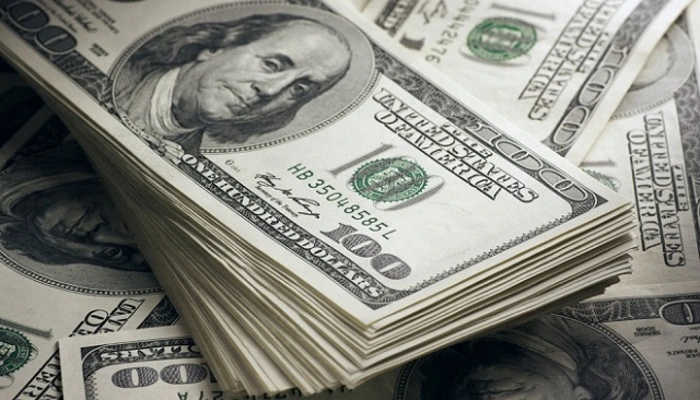The exchange rate of the Pakistani Rupee (PKR) against the US Dollar (USD) saw a slight depreciation on February 12, 2025, indicating a minor shift in currency values.
On February 12, 2025, the US Dollar was trading at approximately Rs. 279.5 in the open market. The selling rate stood at Rs. 281.2, reflecting an increase in the price of the dollar. This rise in the exchange rate is significant for individuals and businesses who are involved in currency exchanges or imports and exports.
Interbank Rate
The interbank exchange rate, which is typically used for larger transactions, stood at Rs. 279.05 per US Dollar. While slightly lower than the open market rate, this figure still shows a mild depreciation of the Pakistani Rupee against the US Dollar when compared to previous days.
Karachi Gold Rates Update for February 12, 2025
Comparison with Previous Rates
When compared to the exchange rate on February 11, 2025, the Pakistani Rupee showed a small decline. On the previous day, the exchange rate was recorded at Rs. 279.632 per US Dollar. Although the change seems minor, it highlights a continuous fluctuation in the currency exchange market. These shifts can impact importers, exporters, and anyone dealing in foreign currency transactions.
Factors Affecting the Exchange Rate
Several factors contribute to the fluctuations in the exchange rate between the Pakistani Rupee and the US Dollar. Market demand and supply play a significant role in determining currency values. When demand for US Dollars increases, the value of the Rupee tends to fall. Additionally, economic policies, government interventions, and geopolitical events can influence the value of a currency. For example, political instability or changes in global trade policies can lead to sudden shifts in the currency market.
Impact on the Economy and Individuals
The depreciation of the Pakistani Rupee against the US Dollar has far-reaching implications. It directly affects the cost of imports, making foreign goods more expensive for Pakistani consumers. For businesses that rely on importing materials or products, a weaker rupee can lead to higher production costs. This, in turn, may lead to increased prices for goods and services, contributing to inflation.
On the other hand, exporters may benefit from a weaker Rupee, as their products become cheaper in foreign markets. This could lead to an increase in exports and, potentially, boost the economy. However, the overall impact on the economy remains mixed, with both positive and negative outcomes for different sectors.
Advice for Currency Exchange
Given the constant fluctuation of exchange rates, it is important for individuals and businesses involved in currency exchange to monitor the market regularly. Timely decisions can help in minimizing losses and maximizing gains. Those looking to exchange currency should keep a close eye on the rates and adjust their actions accordingly. Additionally, utilizing reliable tools or consulting financial experts can provide more insight into the market trends.
Follow us on Google News, Instagram, YouTube, Facebook,Whats App, and TikTok for latest updates
